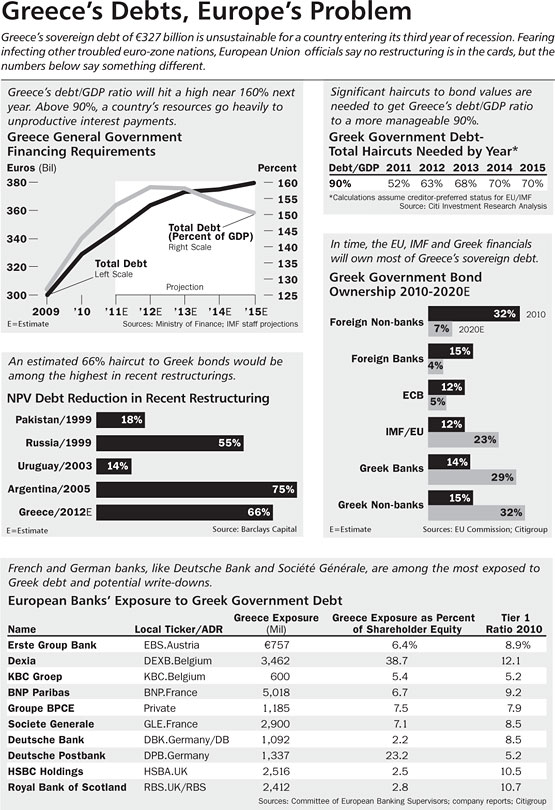How much will you earn with your wheat crop this year? Market experts cite several factors will support wheat prices.
Weather concerns across the globe are wrecking havoc on wheat planting and growing, while the word is still out on if and when export bans will be lifted for key wheat-producing countries.
“Right now there are many moving parts,” says Kevin Van Trump, Farm Direction CEO.
Here are four major market movers to watch:
Poor Winter Wheat Crop Condition
Reports of low-yielding hard red winter wheat continue to come out of Kansas, Texas and Oklahoma.
“I am talking to many producers in the area, and I am thinking the worst is yet to come,” Van Trump says. “I have to believe once the farmers get into the fields and actually start to report yields you will see some serious disbelief.”
Alan Brugler, Brugler Marketing & Management president, says that Nebraska and Colorado could still have a decent wheat crop, but with Kansas having the most wheat acreage, supplies will be tight.
He says this will continue to prop up the basis for hard red winter wheat at theKansas City Board of Trade.
Van Trump agrees. “Obviously the market will have no choice but to build premium on fears of a substantially short crop, particularly high-protein wheat.”
Slow Spring Wheat Seeding
With the potential for an extremely low-yielding winter wheat crop, more emphasis is put on spring wheat, Brugler says. “That’s the other place you go to get high-protein wheat to put into bread flour.”
Yet, spring wheat planting has definitely not been ideal this year. As of May 22, USDA reports only 54% of the U.S. spring wheat had been planted. The five-year average for this time is 89%. While states such as Idaho, Minnesota, South Dakota and Washington are mostly on schedule with their planting, Montana and North Dakota are significantly behind.
Even when the crop is finally planted, condition concerns may arise. Emergence for the spring wheat crop came in at 24% on May 22, which is drastically lower than the five-year average of 64%.
Van Trump says late planting in spring wheat brings the potential of a serious yield drag. “The major concern is that all-important flowering stage is pushed back deeper into the hot summer months,” he says. “The U.S.
spring wheat seeding pace is now the slowest on record since 1986, and we are getting so late producers must now seriously consider taking the preventive plant payments or switching acres to a different crop.”
Dry Conditions Across the Globe
Global wheat production is also under threat, Brugler says. Dry and hot conditions are taking toll on the wheat crops in parts of Canada, Germany, Russia, China and France.
“If the weather situation in Europe doesn't start to improve dramatically, we could be setting up for a major run higher as the world eventually looks to the US for supply,” says Van Trump.
While all are significant wheat producers, a smaller crop in Canada could have the biggest impact on the U.S. market. “Normally the U.S. can easily ship in wheat from Canada to make up for a short U.S. crop,” Brugler says. “But that might not be an option this year.”
Continued Ban of Black Sea Wheat
According to Brugler, the million-dollar question for wheat farmers now is how soon will the Black Sea lift their wheat ban and allow the crops to hit the market? And how much will that eat into everybody’s exports once that’s available?
“The U.S. has benefited over the last 12 months because of the lack of competition out of the Black Sea,” he says. “You hear rumors every couple of days that Russia is going to open up their market. But, I don’t think that will happen to at least July 1.”
Van Trump says the thought from many in the trade is if Russia lifts their export ban the global market will breathe a deep sigh of relief and prices will in turn ease. “I don't doubt that the initial market reaction will be lower prices, but you have to ask yourself if and when Russia does announce they will lift their ban on exports, just how much wheat will be available?”
He expects that long-term the market will recognize the move by the Russian government as being strictly political in nature and very few actual bushels will travel beyond the Russian borders.
How You Should React
“With so many balls in the air, I am highly inclined to believe one will bounce the wrong direction and you will have a chance to make some sales at higher prices in the coming months,” Van Trump says. “From a global perspective wheat is extremely expensive right now, the problem however is no one can afford to be without it.”
His advice is to consider waiting for a significant pull back to re-own. Additionally, if you are oversold, stand put and wait for this market to take off if you have more bushels to price.
“I anticipate global demand will stay strong, therefore global production can ill afford any major glitches,” Van Trump says. “Right now the wheat market currently has ample supplies, but if a couple of countries fail to see significant improvements in weather all bets are off.”






























![image-218156-galleryV9-skww[1]](http://www.ritholtz.com/blog/wp-content/uploads/2011/05/image-218156-galleryV9-skww1.jpg)
